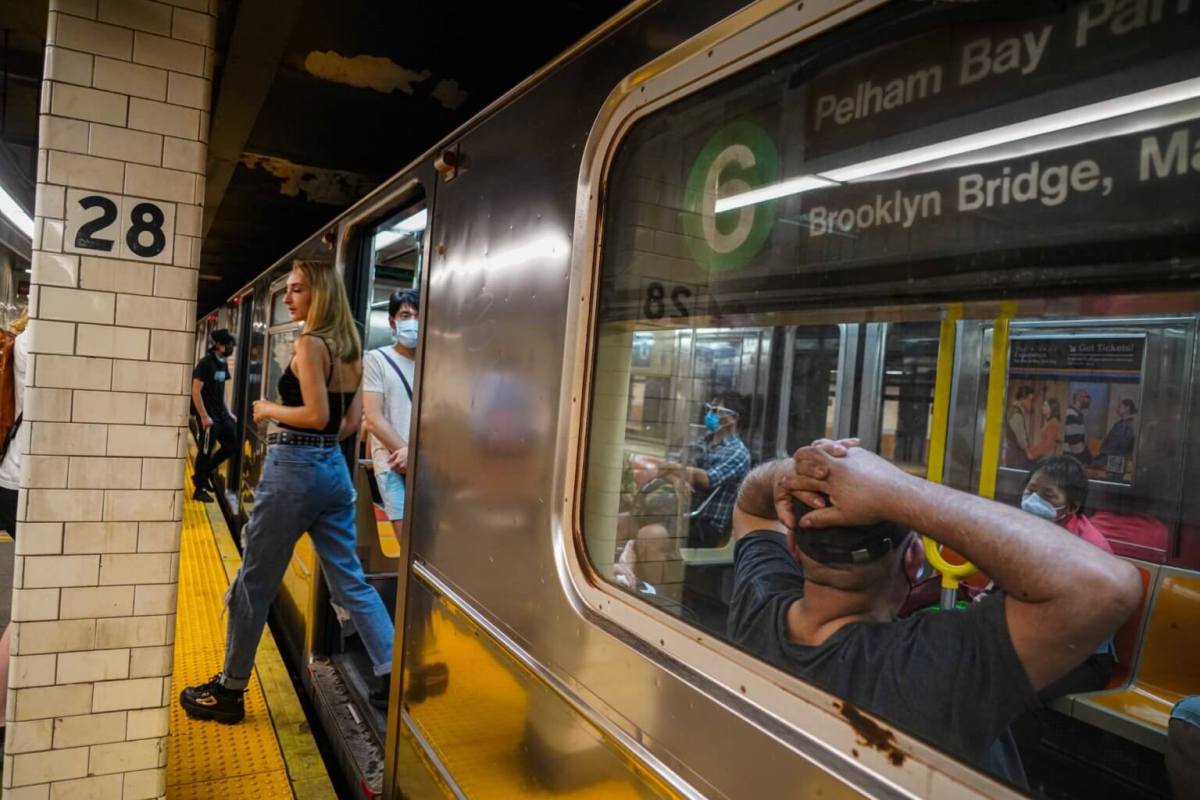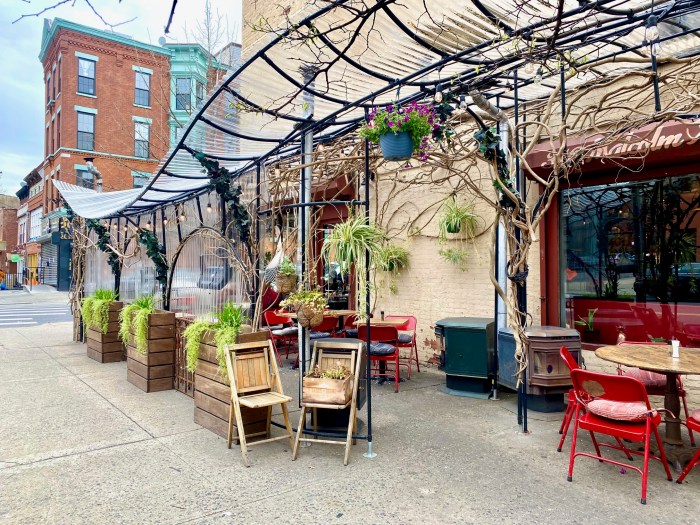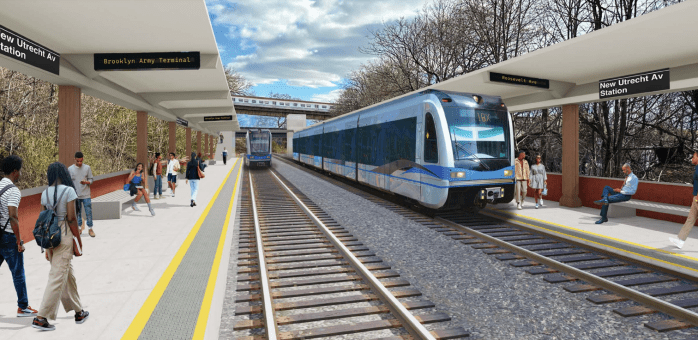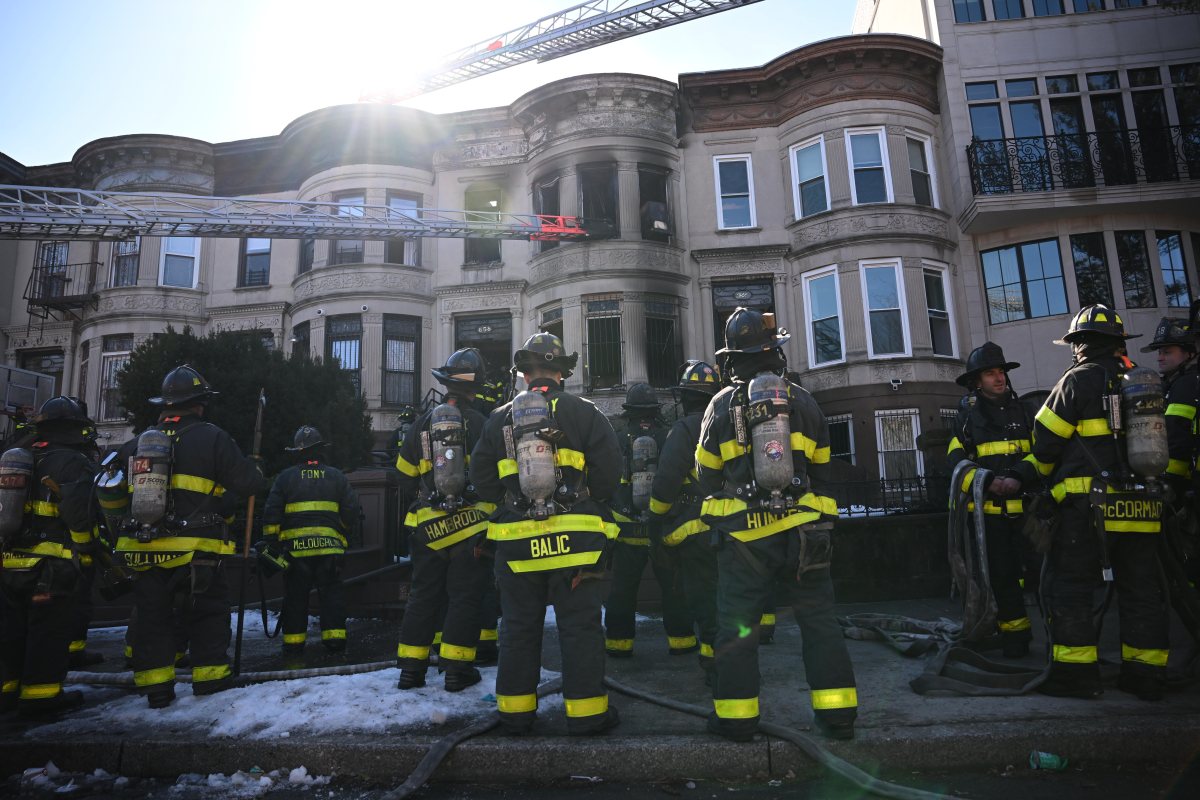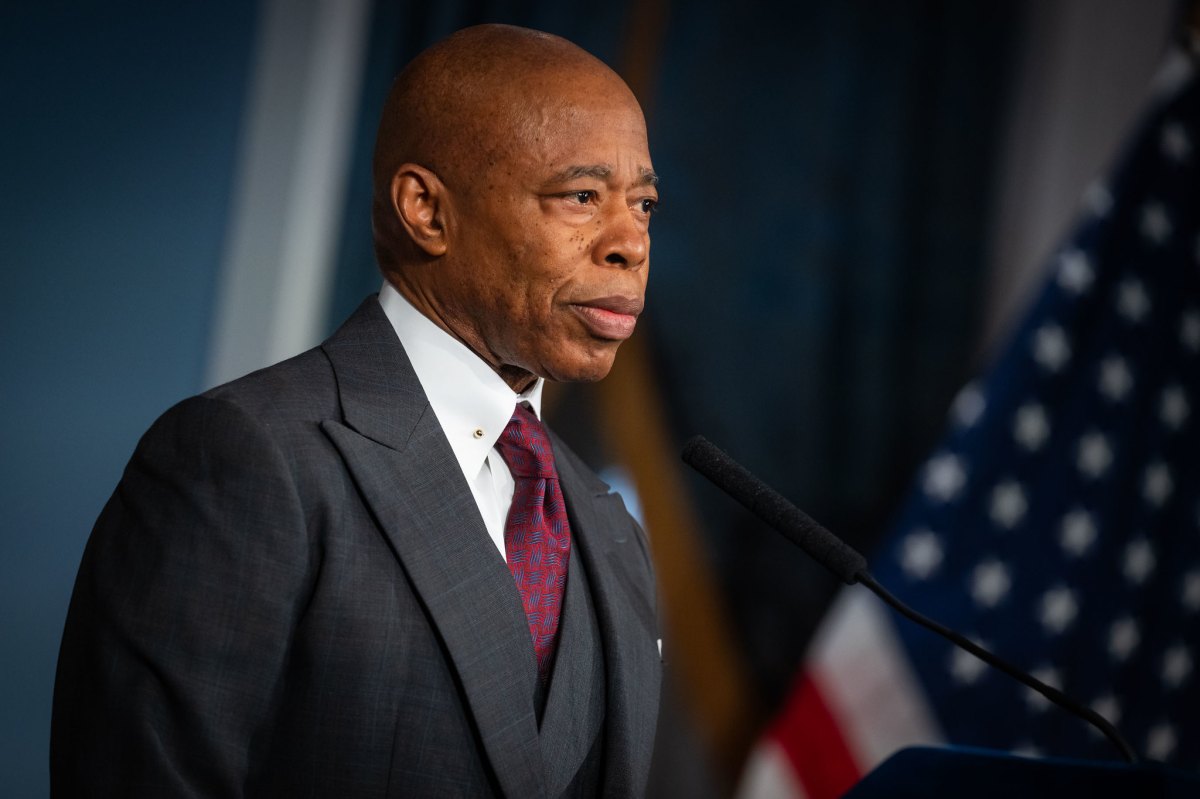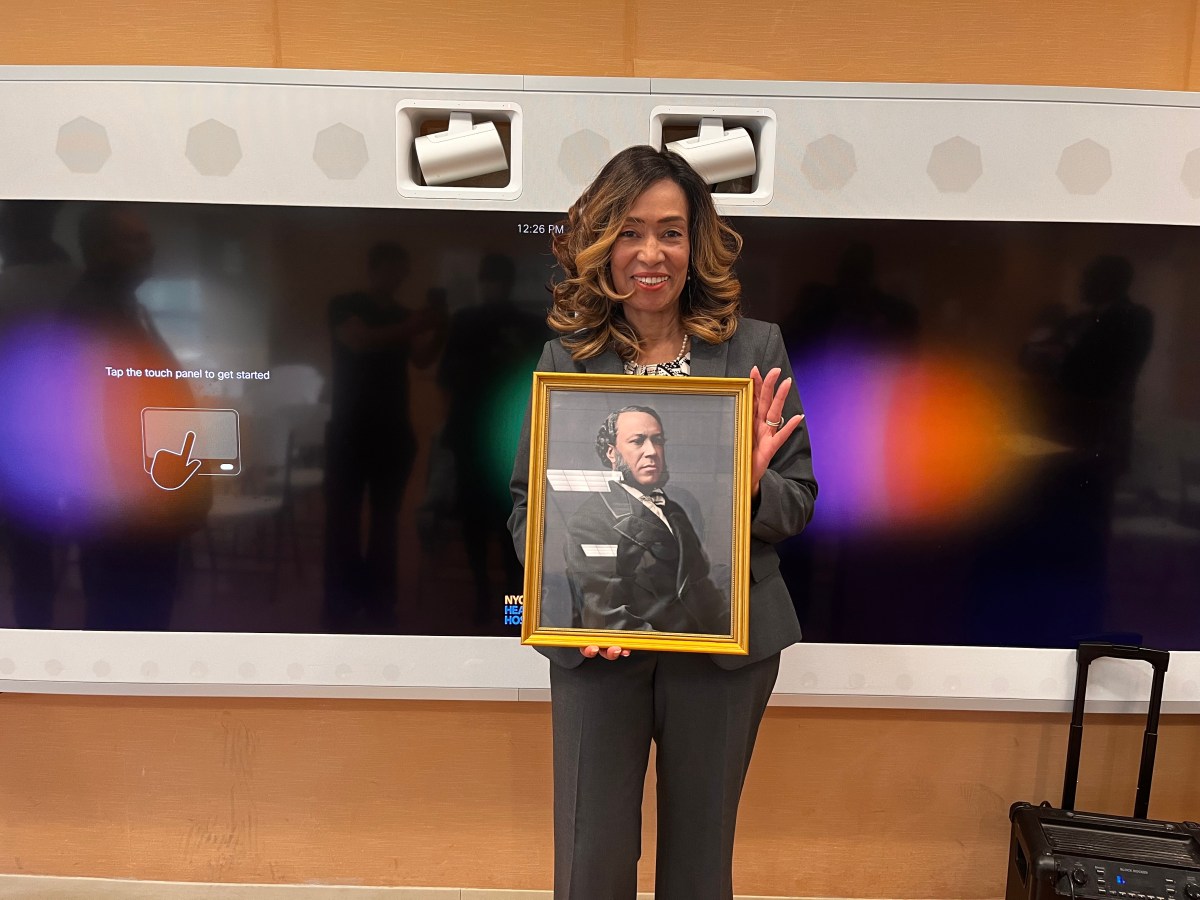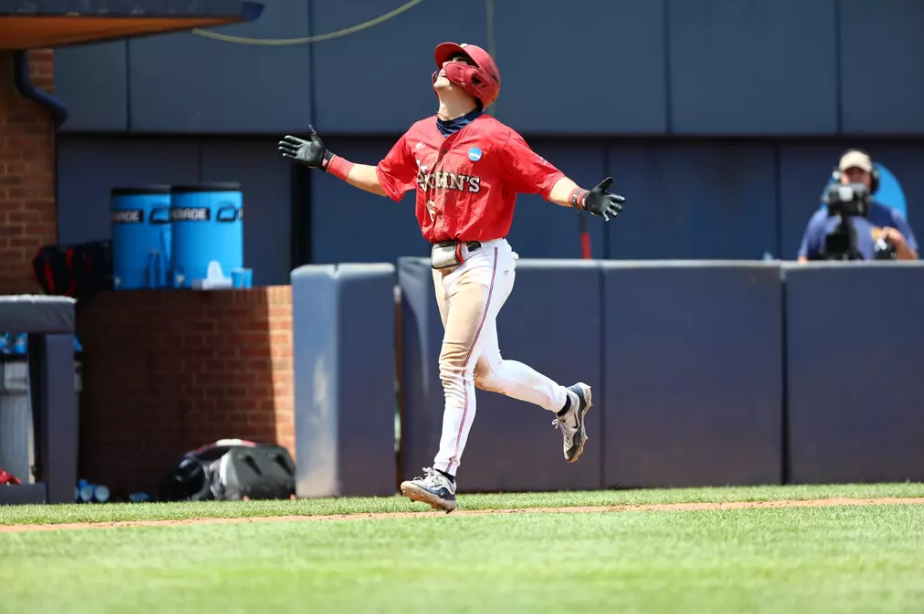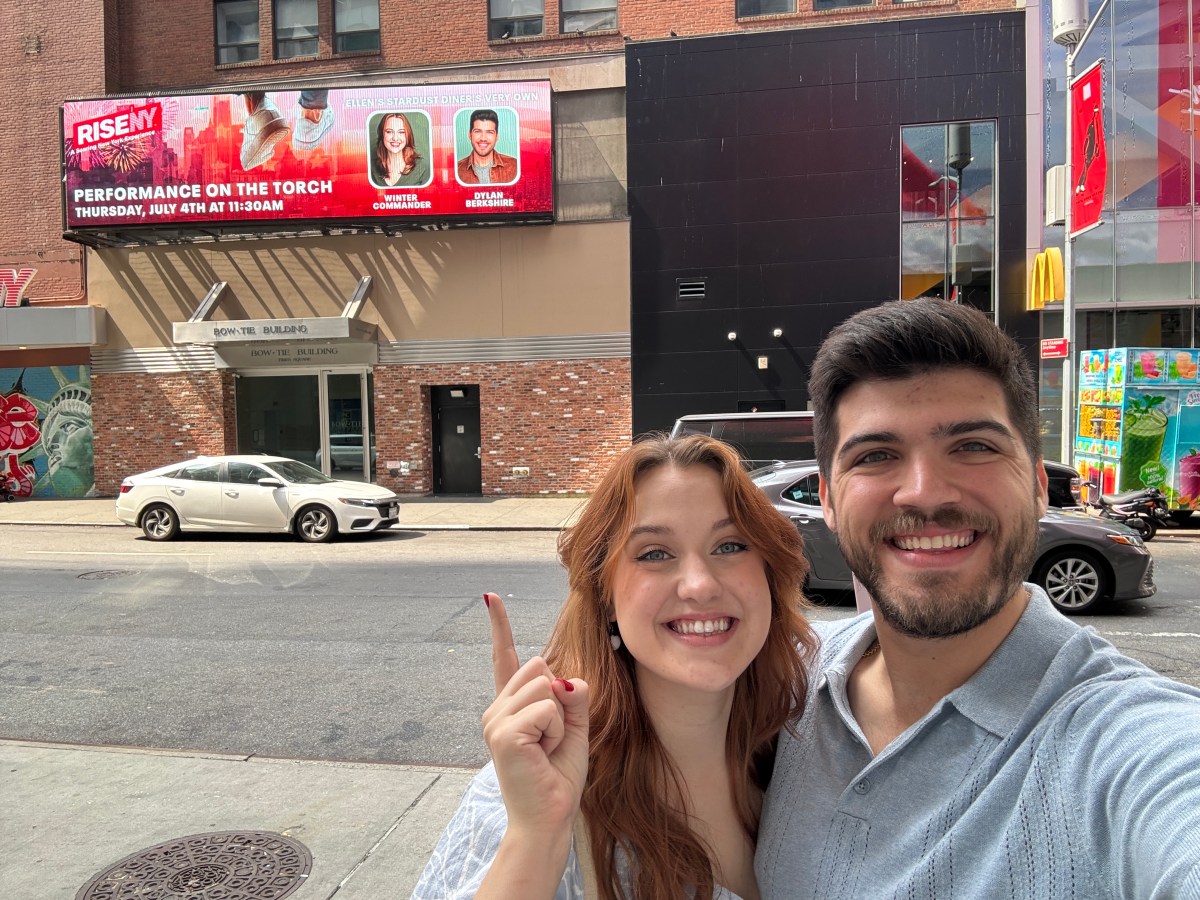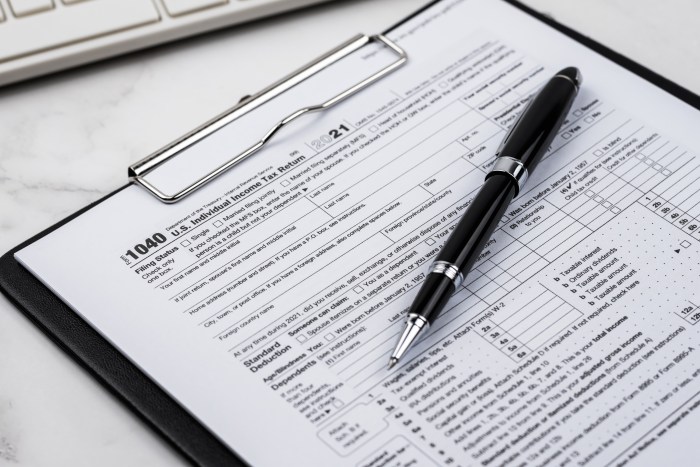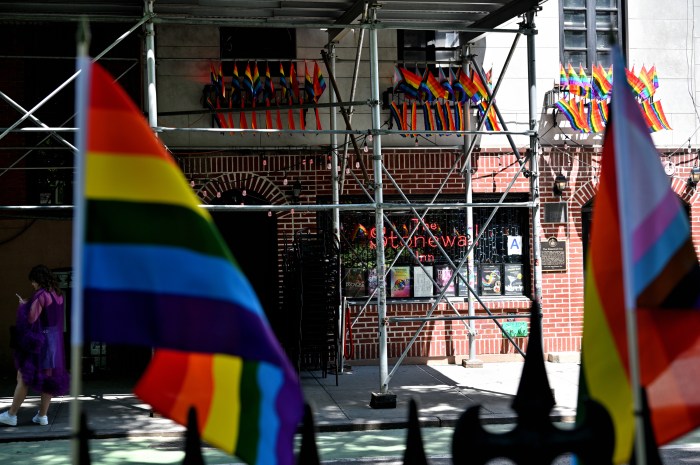The MTA is set to increase service frequency on 12 subway lines starting this summer, after being allotted $35 million to expand service in the recently-enacted $229 billion state budget.
The transit agency will begin rolling out the additional service in July, boosting the frequency of weekend service on the G, J, and M lines. The investment will shorten headways between trains to eight or nine minutes, down from the current 10 to 11 minutes.
The following month, the MTA will increase weekday service on the C, N, and R lines, reducing headways from 10 minutes down to eight, while also boosting weekend 1 and 6 train frequencies to six minutes apiece, down from the current eight.
In December, the MTA will again boost weekday service on the C, N, and R trains, this time in the evening, to eight-minute headways; G trains will also come every eight minutes at midday.
Finally, in July of next year, the MTA will enhance frequency on the B, D, J, and M lines on weekdays to come every eight minutes, while weekend 3 and 5 train service will increase to 10-minute headways.
“Discretionary travel has led the ridership recovery on subways, demonstrating that New Yorkers are ready to ride mass transit when they have somewhere to go,” said MTA Chair and CEO Janno Lieber in a statement. “As we have said throughout this whole process, once the funding is there, we can expand service to better align with post-COVID ridership trends.”
The planned service boosts, allotted in the state budget, were first reported by the New York Post this week. The $35 million allotment will mainly pay for additional train crews, with some of it going toward the increased electrical power and maintenance required for an increase in service.

The news of service expansion is a dramatic post-budget turnaround for the MTA, which for months had been warning it was on the precipice of a devastating “fiscal cliff” that could lead to major service cuts if not addressed by Albany lawmakers. The subway transported more than 4.02 million riders on Wednesday, the most since March 2020, but ridership remains well below pre-pandemic baselines.
Last December, the MTA announced it would reduce Monday and Friday service on select lines to account for changes to commuting patterns brought about by the rise in New Yorkers working from home.
The move to boost service comes as a major win to straphanger activists and progressive elected officials, who had been pushing for across-the-board headways of six minutes, free bus service, and the cancellation of the MTA’s planned fare hike. In addition to the service enhancements, the MTA will also pilot free bus service on five lines across the city and will reduce the breadth of its fare hike, from 5.5% to 4%.
“The historic transit funding deal at the heart of this year’s state budget will meaningfully improve the lives of millions of New Yorkers who depend on subways and buses each day,” said Betsy Plum, executive director of the Riders Alliance, which fronted the six-minute-service campaign. “Riders give thanks to Governor Kathy Hochul and legislative leaders for the sustainable new MTA revenue, more subway service and faster, more reliable buses. We look forward to savoring these victories in time savings, easier commutes, and a more equitable New York for years to come.”
Transport Workers Union Local 100, which represents 46,000 New York City Transit workers and is currently in contract negotiations with the MTA, had also supported the proposal to boost service in the state budget. On Thursday, the union’s president Richard Davis gave the agency’s expansion plan the thumbs-up.
“If the MTA is going to increase service, we are all for it,” Davis said in a statement. “We advocated for more service with the Riders Alliance. We get people where they need to go, and we pushed for more service because mass transit should run as frequently as possible. It’s good for riders, the economy, and the environment.”
Read more: Metro-North Uses Laser Train to Clear Track Debris



